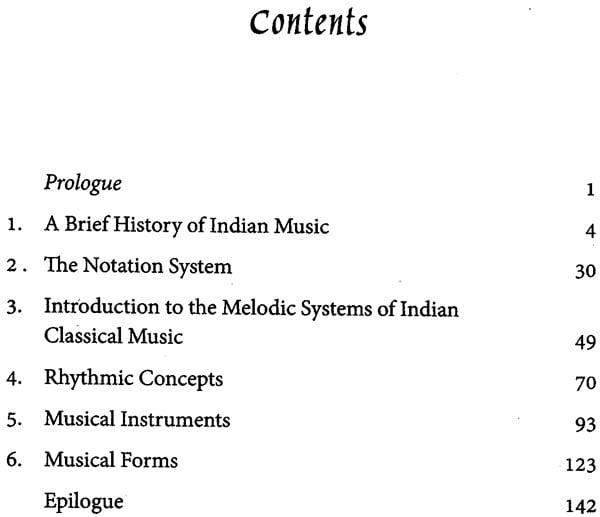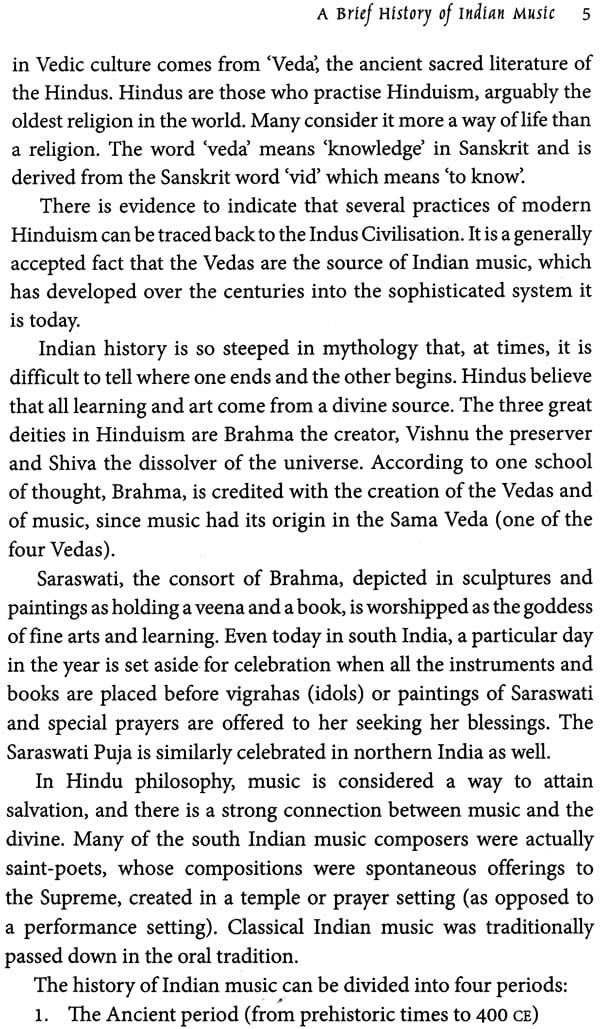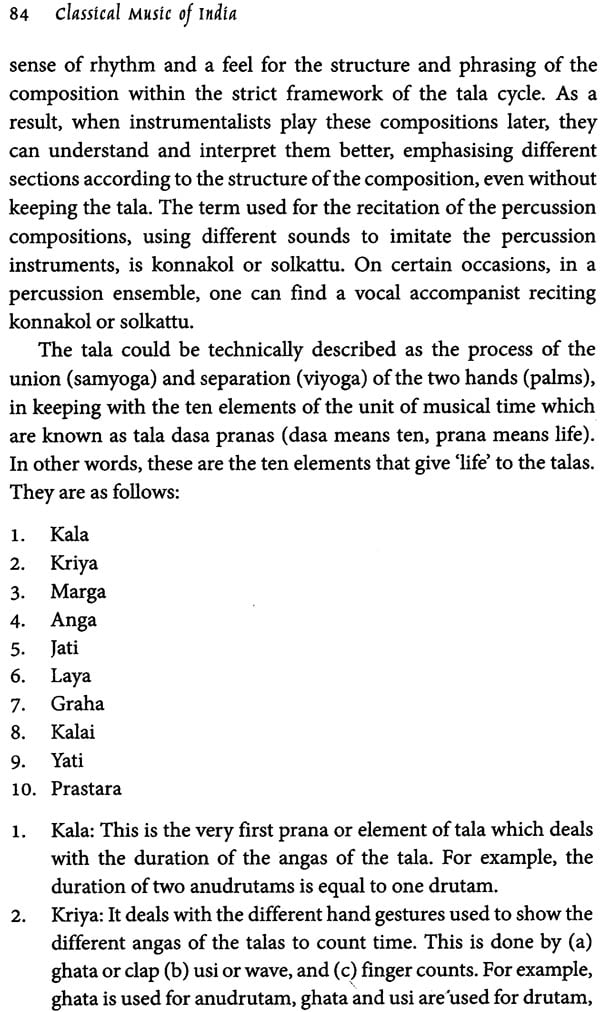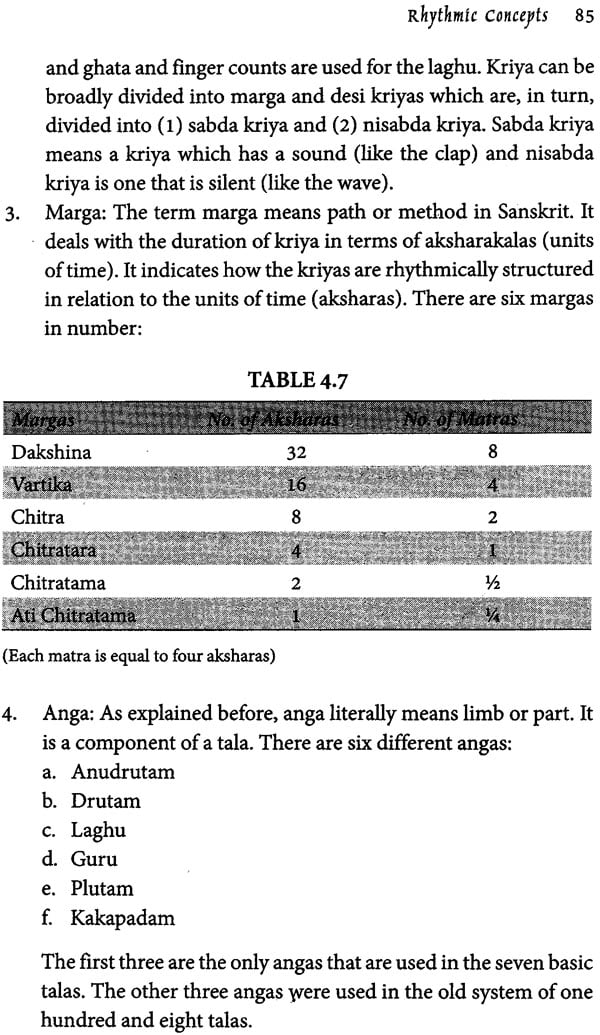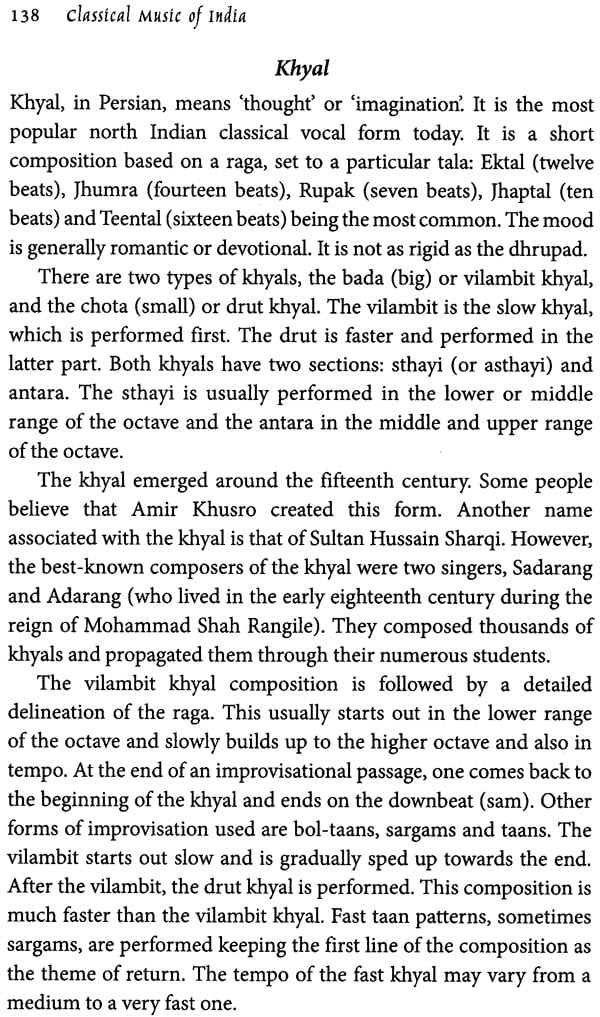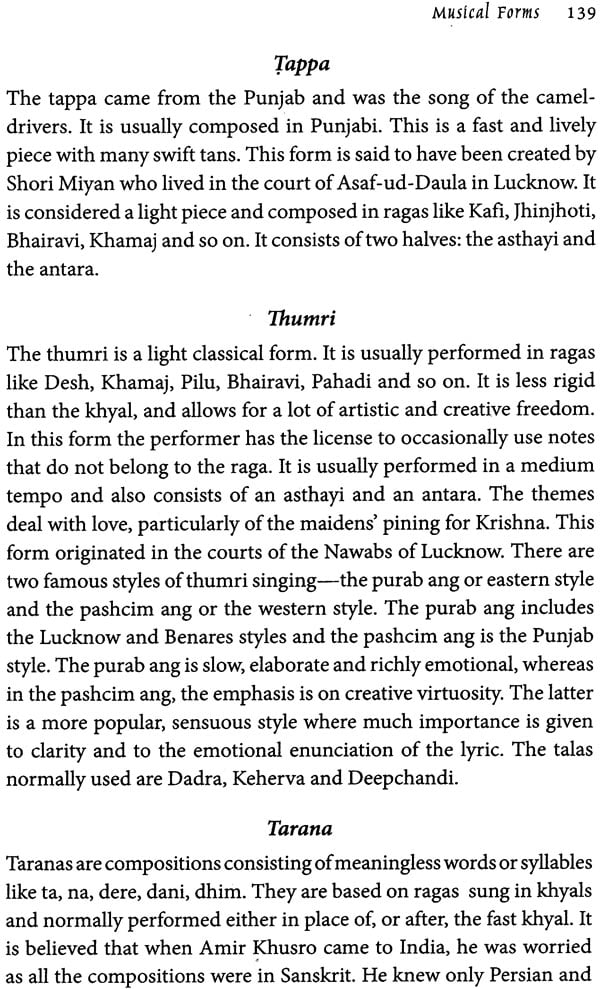
Classical Music of India: A Practial Guide (With Notations)
Book Specification
| Item Code: | NAQ443 |
| Author: | L. Subramaniam & Viji Subramaniam |
| Publisher: | Tranquebar Press |
| Language: | English |
| Edition: | 2018 |
| ISBN: | 9789387578883 |
| Pages: | 152 |
| Cover: | HARDCOVER |
| Other Details | 9.00 X 6.00 inch |
| Weight | 200 gm |
Book Description
Classical Music of India discusses in depth the melodic and rhythmic aspects of both Carnatic and Hindustani, briefly comparing these concepts with the classical music of Europe. There is also a lucid comparison of the two forms, an examination of instruments integral to them and a re-examination of fundamental concepts. An expanded, revised and updated reissue of the classic Euphony, this work is a definitive appraisal of Indian classical music. It is an essential addition to the library of any serious music lover, whether steeped in the music of India or new to it.
Dr L. Subramaniam, India's violin icon, and the creator of the Global Fusion concept, has variously been called 'the Paganini of Indian classical music, 'the God of the Indian violin' and `Violin Chakravarthy. In a career spanning over six decades, he has produced, performed, conducted or collaborated on close to two hundred recordings.
Subramaniam is the only musician who has performed/ recorded Carnatic classical music, Western classical music, composed for and conducted major orchestras, scored for films and collaborated with some of the greatest musicians from different genres of music, including jazz, Western classical, jugalbandis (with north Indian musicians), world music and global fusion. He has established himself as a force that is strongly Indian, but universal in nature and approach.
He is the founder-director of the Lakshminarayana Global Music Festival, the biggest global music festival in India, as also of the Subramaniam Academy of Performing Arts (SaPa), a premier institute for musical education, and the Lakshminarayana Global Centre of Excellence (LGCE).
He has received several awards and honors, including the Padma Bhushan and the Sangeet Natak Akademi Award for 'The Most Creative Artist, and holds a PhD in music.
Viji Subramaniam, also known as Vijayashree Subramaniam (1952-95) was a singer, composer, author and multilinguist. As a vocalist, she won a number of prestigious awards, including the All India Radio 'President of India medal in 1972. She also received a Master's degree in music from the California Institute of the Arts.
After marrying violinist L. Subramaniam in 1976, she collaborated with him on many of his projects, including his early fusion albums. She also sang for the soundtracks of two acclaimed films by Indian director Mira Nair: Salaam Bombay!
VIJI SUBRAMANIAM, also known as Vijayashree Subramaniam, was an award-winning vocalist, composer, author and multilinguist. She collaborated with L. Subramaniam on many projects. She also sang for Mira Nair's Salaam Bombay! d Mississippi Masala. In 1992, Viji, along with Subramaniam, launched the Lakshminarayana Global Music Festival (LGMF) in memory of Professor V. Lakshminarayana, her father-in-law. She died in February 1995 after a long battle with cancer.
After I completed my Bachelor's degree in medicine, I wanted to switch over to music and sought admission into the California Institute of the Arts. I was so homesick that I completed the MFA (Master of Fine Arts) course in nine months, but the university said that they couldn't award me the degree before I had completed two years in the campus. So, they offered me a teaching position. I had to teach students from different musical backgrounds, and some of them had absolutely no exposure to Indian music. At that point, we didn't have too many books on Indian music; those that were written weren't easily accessible; and even those that were accessible emphasized the historical and mythological aspects of our music. In my view, there was a need for a book that could be a handy guide of music theory, which could be of use to a practical musician and an aspiring composer. To my knowledge, such a book did not exist, and therefore, I began writing down a few things based on my father's handwritten notes and the research that I conducted with my late wife, Viji Subramaniam. She worked with me extensively on this and we published the book Euphony in the 1990s.
The present book has been further developed, trying to reach people at all levels of musical interest: from the common reader and music enthusiast to practical musicians, composers and musicologists. It starts off with a brief historical overview of Indian music, mostly to acquaint the reader with the evolution of musical thought in India over the past five thousand years. Before going into the basics of melody and rhythm, it is useful to get a working knowledge of the notation system (which is quite straightforward). The concepts of melody and rhythm in Carnatic music are highly developed, and anyone who understands these in practice will have equipped himself or herself with some of the most powerful tools available in the music toolbox. We then take a look at the various musical forms in Carnatic music and Hindustani music, including the dhrupad genre. The fifth chapter gives an idea of the richness and variety of musical instruments used in India.
A sound knowledge of Indian classical music will benefit musicians and composers everywhere; it will broaden their horizons and give ample scope for greater creativity. The scientifically structured concept of melakarta ragas (parent scales) and nadais (dividing a beat into multiple pulses) will create many possibilities for musicians to explore the melodic and rhythmic aspects of their own music in a new light. I'm currently working on my next book Raga Harmony, which is basically an adaptation of the thesis that I presented for my PhD. Starting out with a new formulation of thirty-six parent scales that encompasses all possible melodic scales, I have set out to explain the concept of 'raga harmony, which I created while I was in the US, working on new ideas to blend the music of the East and the West, especially to create orchestral compositions. While writing this book, I have heavily drawn from the research that my late wife Viji Subramaniam had done while we co-wrote Euphony. The present work would not be possible but for all the material that I have taken from the earlier book. In the preparation of this, I have been assisted by my children, Bindu and Ambi, as well as my disciple Hari Ravikumar. Without their help, I wouldn't have been able to bring out this book in time. My wife Kavita, my granddaughter Mahati, son Narayana, and the rest of my family have always supported me in all my activities. My sincere thanks to all of them.
Book's Contents and Sample Pages
